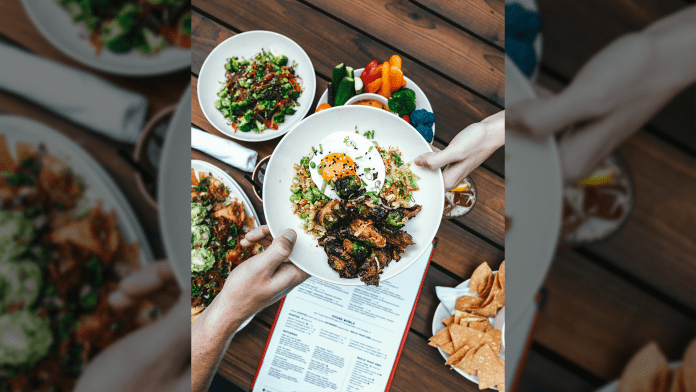By Marijoy M. Romiral, DBA
From the dawn of time, humans have been obsessed with good food. And let’s be real, “good food” means it looks bomb, smells amazing, and tastes like heaven. In restaurants, it’s also about that Insta-worthy presentation, complete with fancy garnishes and all.
These factors —how food looks, smells, and tastes — come together to create what foodies call “palatability.” When you enjoy a meal, you’re really vibing with the chef’s skills and effort. Sometimes, though, we get so mesmerized by a dish’s aesthetic and flavor that we totally forget to think about whether it was prepared safely in the kitchen.
While having food that looks good is awesome, the real deal is making sure it’s safe to eat. Restaurants have to follow strict sanitation rules to keep their food safe. Meeting these standards isn’t just about looking good for health-conscious customers; it’s literally about saving lives. Places that don’t keep things clean and sanitary just can’t hang in the competitive food scene.
Experts are always saying to avoid cheap, sketchy ingredients, especially in things like spaghetti and fried chicken from dodgy places. These are hotbeds for foodborne illnesses, which is a huge deal in the Philippines where these dishes are fast food faves. Bad food handling can lead to bacteria like Salmonella and E. Coli, and nobody wants that.
Stopping foodborne illness means sticking to safety procedures like the Hazard Analysis Critical Control Point (HACCP) system. This system makes sure food is safe at every step, from buying to serving. Even one slip-up — like not washing hands properly or storing food wrong — can cause contamination and make people sick. That’s why restaurants have to follow these rules to the letter and pass regular inspections.
So yeah, while a dish that looks and tastes amazing is great, what really matters is that it’s safe to eat. Food joints need to keep things clean and safe to protect their customers and stay in the game.
Marijoy is a college professor who teaches Hospitality, Tourism, and Business Administration. She also lectures on food safety and sanitation, exceptional customer service, personal development, and food and beverage operations and services. Additionally, she owns several restaurants in Bulacan.

